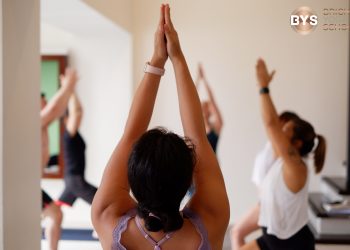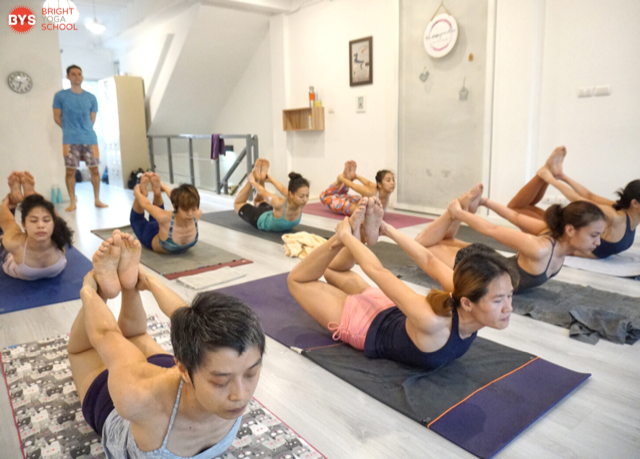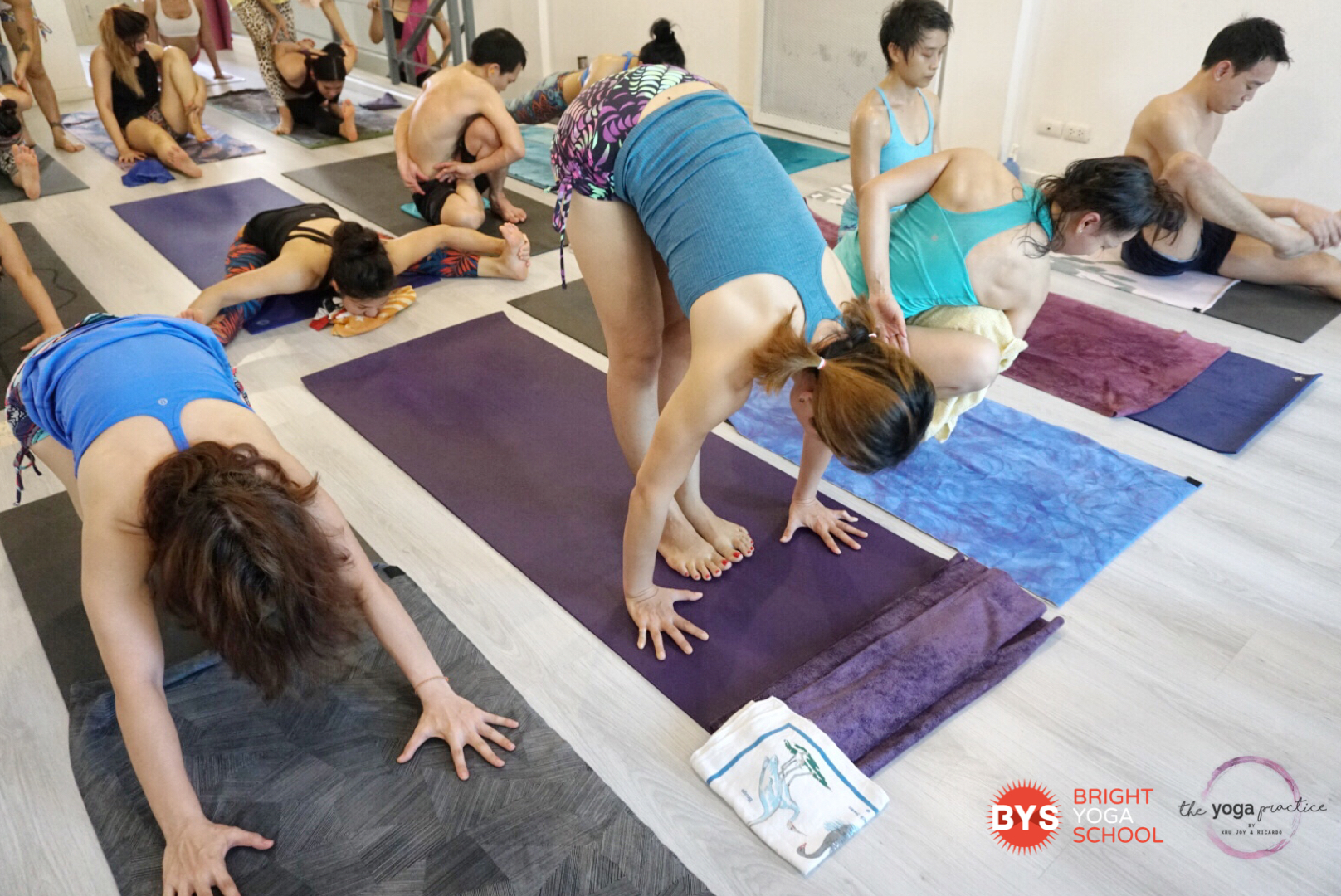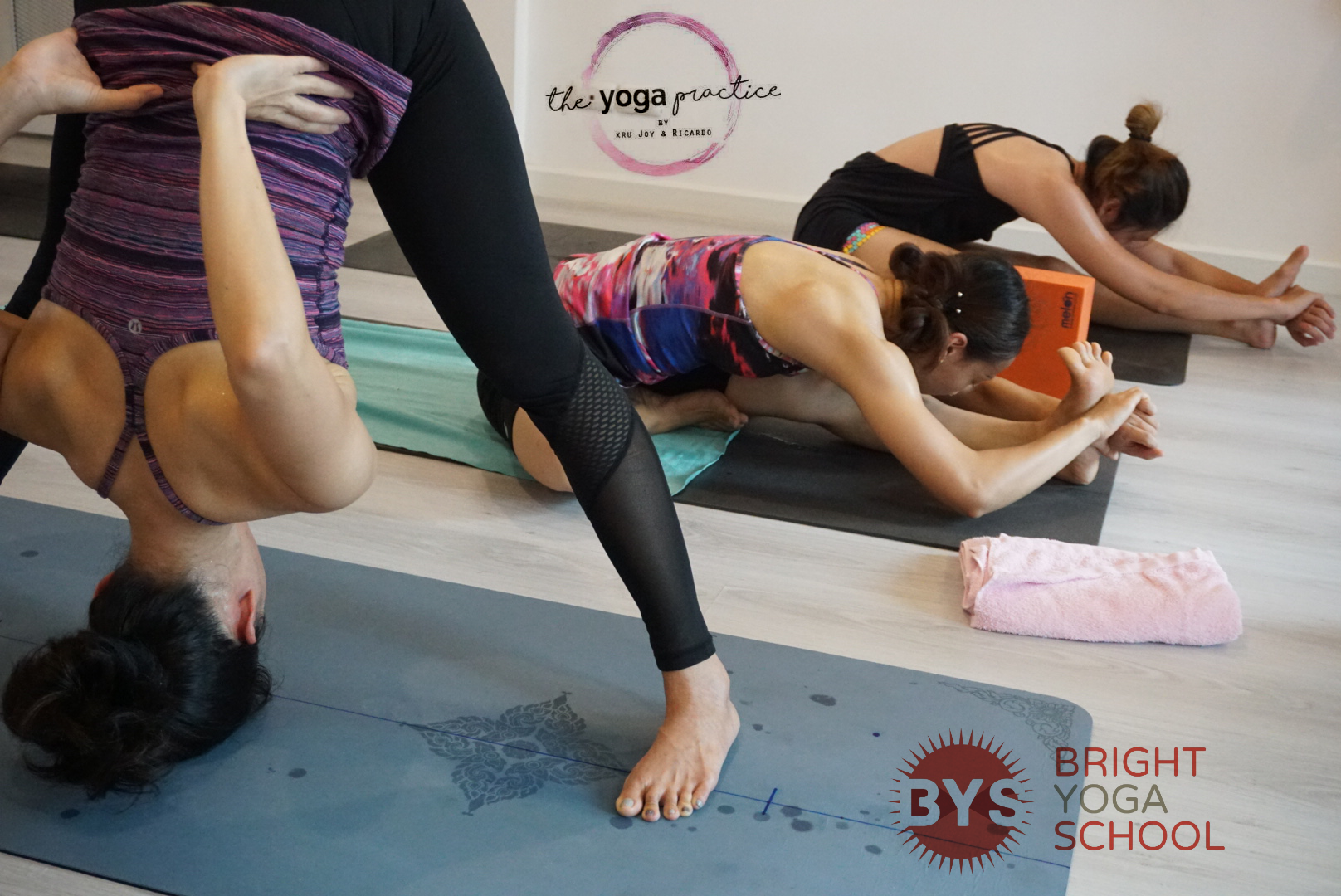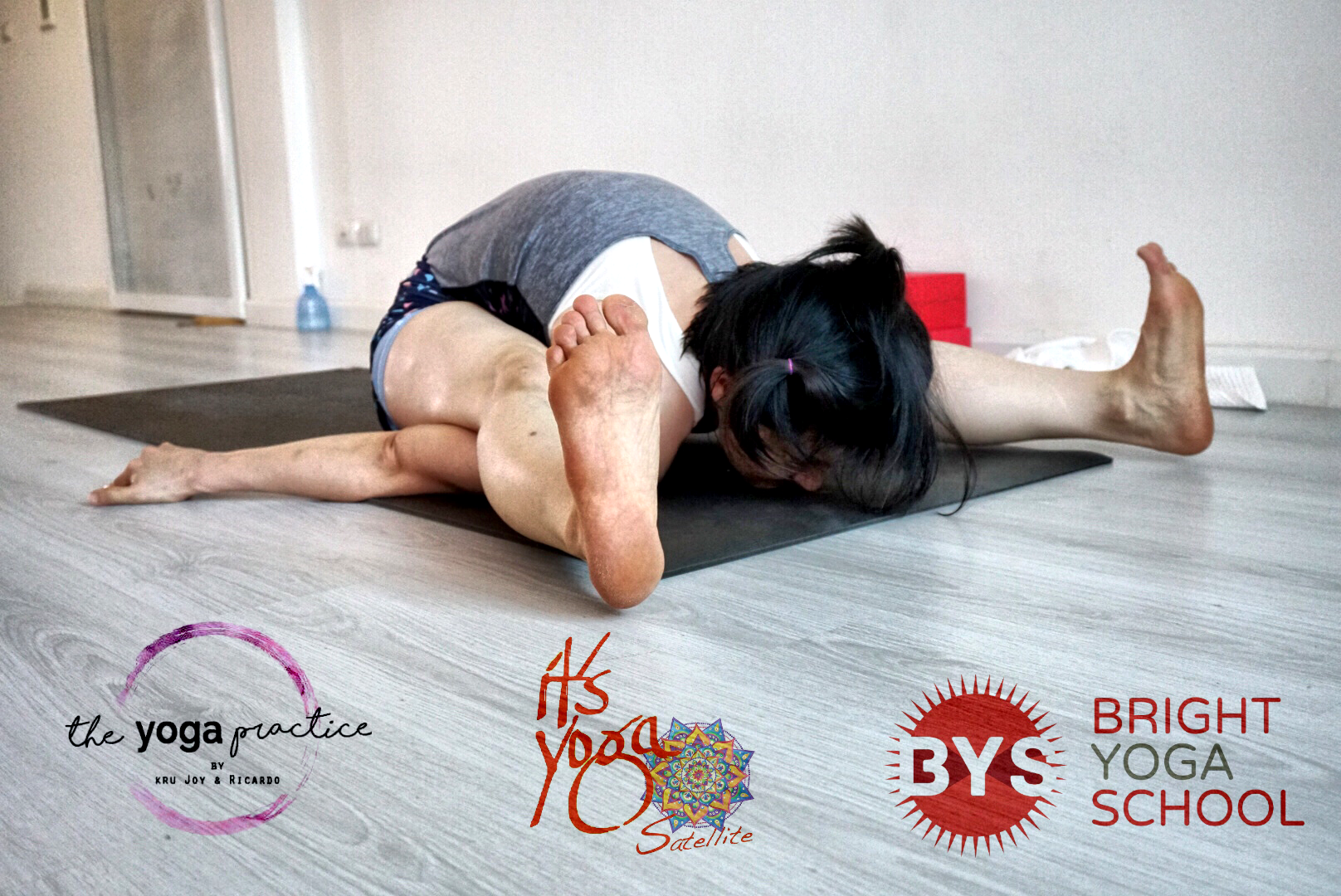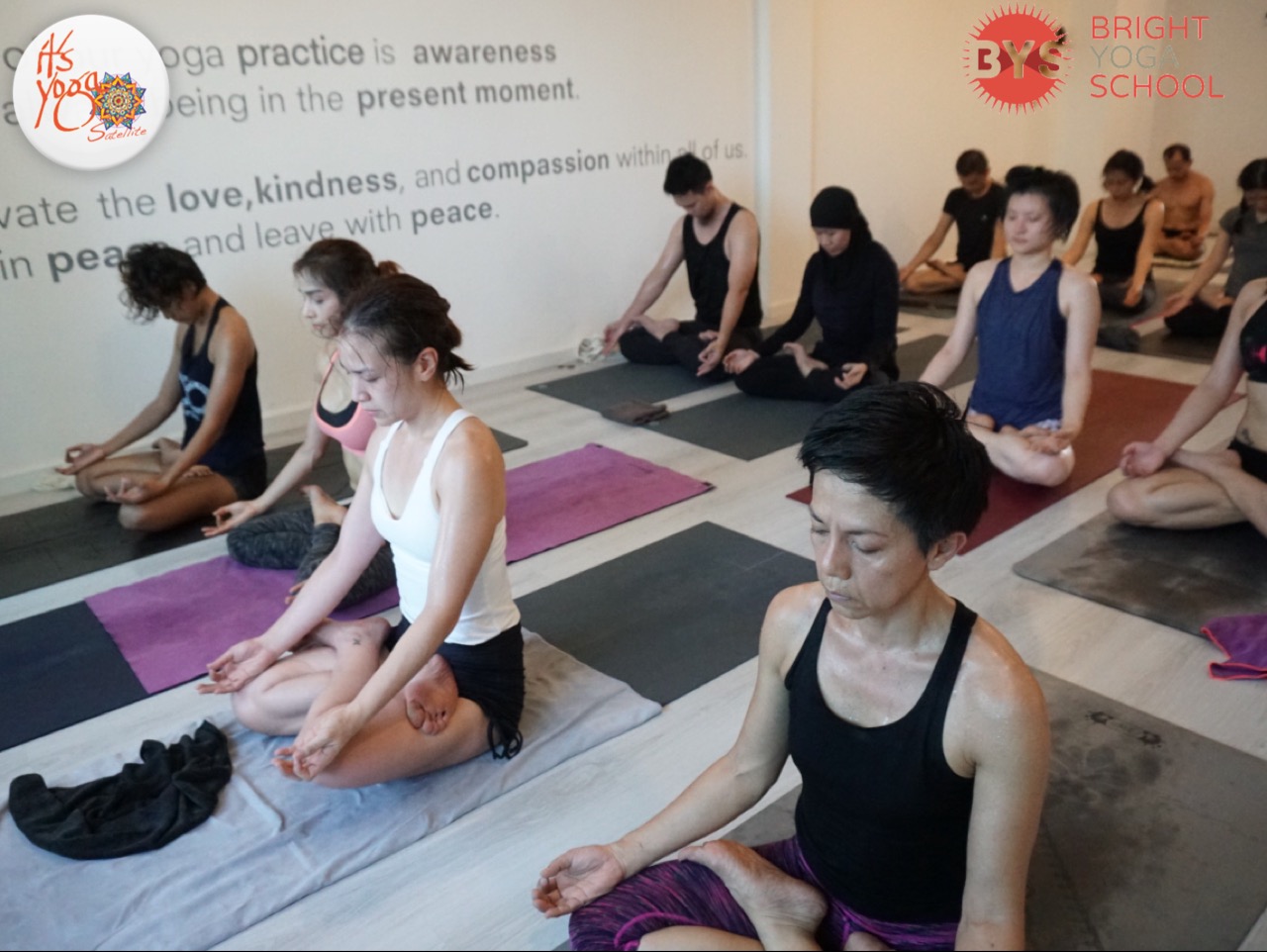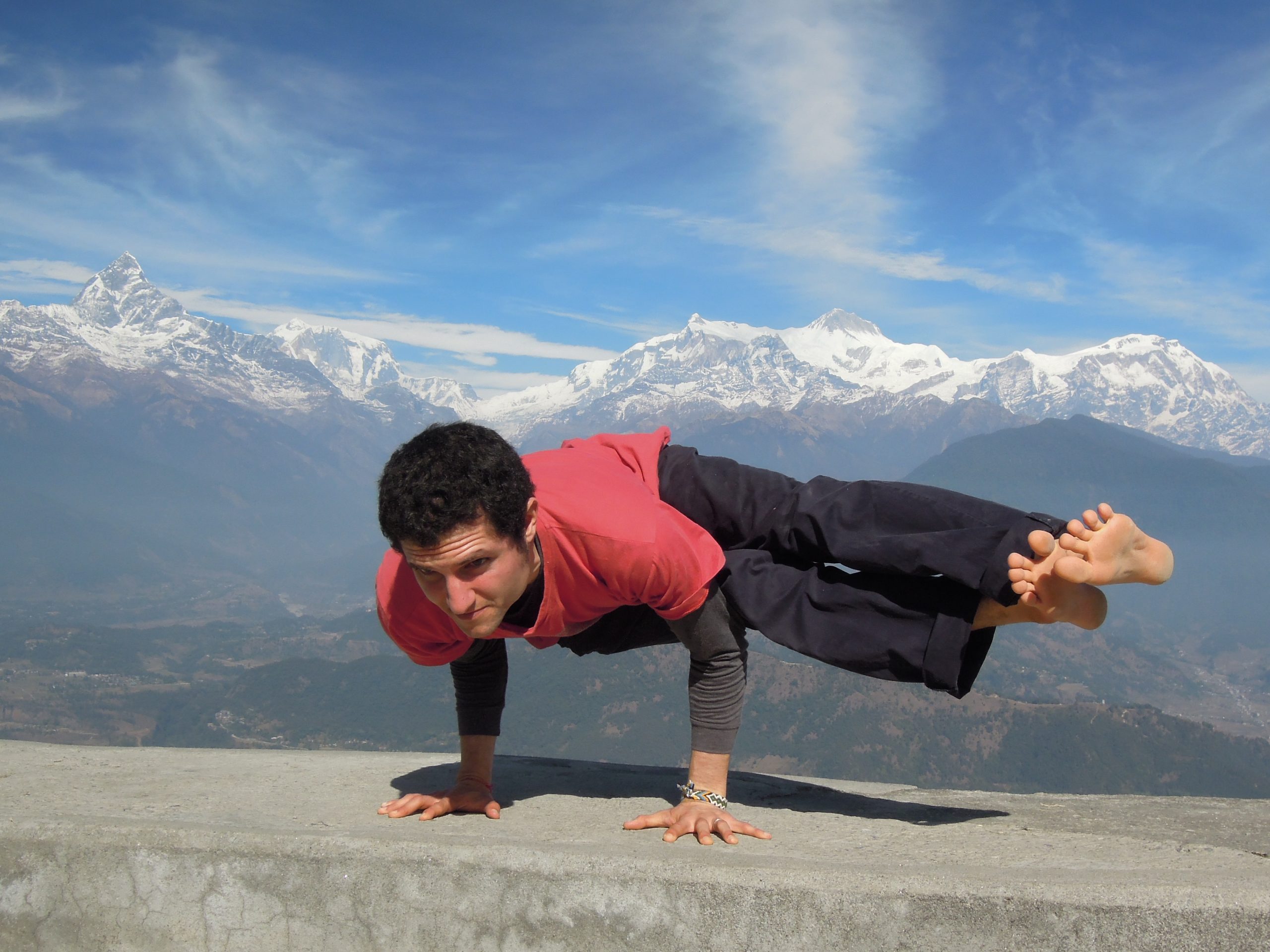Tag: Ashtanga Yoga
Alcances de la Practica de Ashtanga
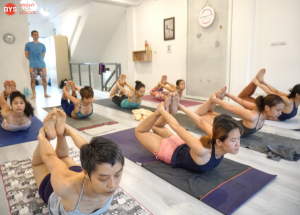
La práctica de Ashtaga Vinyasa Yoga tiene una amplia gama de beneficios que pueden ser percibidos por cualquier practicante independientemente del tiempo o nivel de práctica
En principio la práctica empezará a trabajar a nivel físico, todas las posturas ejecutadas durante la práctica permitirán que la gran mayoría de las articulaciones en el cuerpo se flexibilicen, este proceso de apertura se amplifica al combinar la respiración, bandhas o cierres energéticos y las posturas; cuando estos elementos son combinados durante la sesión de yoga, se producirá un incremento en el calor interno que permitirá calentar el cuerpo desde el interior hacia el exterior, este fuego interior generado es llamado en los textos de yoga “Agni” el cual no solo tiene la capacidad de incrementar el calor interno sino que adicionalmente promueve la eliminación de toxinas a nivel físico y mental, en este caso los alcances de la práctica no únicamente se limitan al cuerpo físico si no que se extiende al nivel mental y muchas otras capas de nuestro Ser
¿Cómo una práctica que parece netamente física puede trabajar a distintos niveles?
La respuesta se encuentra en los diferentes elementos que son utilizados en la práctica.
El principal punto de atención en la práctica es la respiración Ujjayi, este tipo de respiración se ejecuta contrayendo ligeramente los músculos de la epiglotis, esto generará mayor fricción entre el aire y la tráquea lo cual no únicamente permitirá tener un mayor control sobre el flujo de aire que entra y sale de los pulmones, sino que adicionalmente la fricción producida entre el aire y la tráquea generará un sonido similar al de las olas del mar
Este sonido facilitará que la atención sea dirigida a la respiración y no al dialogo interno y procesos mentales.
Cuando la atención se ancla en el sonido de la respiración serás capaz de llevar tu atención hacia adentro, es en este momento tendrás la posibilidad de percibir impresiones mentales que hayan sido almacenada en el subconsciente y progresivamente trabajarlas, reconocerlas y entenderlas; auto-entendimiento permitirá cultivar ecuanimidad hacia estas experiencias del pasado y poco a poco estas serán liberadas de la mente y el subconsciente
Cuando las impresiones mentales son procesadas y reducidas por medio del trabajo interior de auto- reconocimiento, el practicante puede experimentar un incremento rápido y progresivo en la flexibilidad ya que los músculos, tendones, tejido conectivo entre muchos otros almacenan, al igual que la mente, emociones y tensiones. Liberar este tipo de impresiones no únicamente generará mayor apertura a nivel físico sino mayor aceptación y ligereza a nivel mental, facilitando una percepción más clara de la realidad
En este caso como puedes notar la práctica no únicamente trabaja en el plano físico, sino que se extiende a muchos otros niveles, es por esto que la práctica tiene la potencialidad de cambiar la persona a nivel físico y mental
Practica con paciencia, estos beneficios pueden ser percibidos por cualquier practicante lo único que necesitas es dedicar tiempo a tu práctica y el resto poco a poco se irá revelando ante ti
What is the Ashtanga Yoga Method, and how does it work?
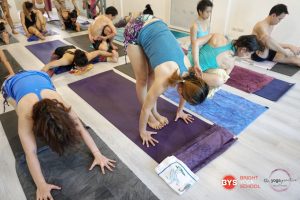
According to Larry Schultz, Ashtanga Vinyasa Yoga can be defined as “a fixed sequence of movements where you use Ujjayi breathing, Bandhas, and Dristi to create transformation.”
When these three elements — Ujjayi breath, Bandhas, and Dristi — are combined during the asana practice, the attention will move inward, giving the student the opportunity to move the attention inward, helping the students to realise about unattended or unresolved issues or emotions, resentment, anger, or any memory from the past, present, and past lives. It is only when we have the ability to see whatever is inside of us can we begin progressively letting go of these past experiences, whether good or bad. The first step in inner transformation is to realize where you are, and then you will realize exactly in which direction you have to move towards.
Ashtanga Vinyasa Yoga, when approached in the traditional way, is a great practice method to promote transformation. If you dedicate yourself with this method, you will have to practice the same sequence everyday, and stop whenever the teacher asks you to stop. This may sound boring to some, but this is actually one of the strongest points of the practice — be able to realize how the mind fluctuates through the same sequence or stimulation. This awareness in your practice will give you a very clear idea of the tendencies and attachment of the mind.
By understanding how your mind works, accepting its tendencies and attachments, you will give yourself the ability to change and improve your life, and also will give you the tools on how to understand and support others, as all these fluctuations that you witness in your practice are part of our human condition and they will be presented with more or less intensity in others.
Even if the practice seems to be very physical, it has the potential to change your life in a positive way. With all of that said, we would like to invite you to practice, and experience the benefits described above, regardless of your age, gender, flexibility, or strength.
Have a good luck in your Yoga Journey
